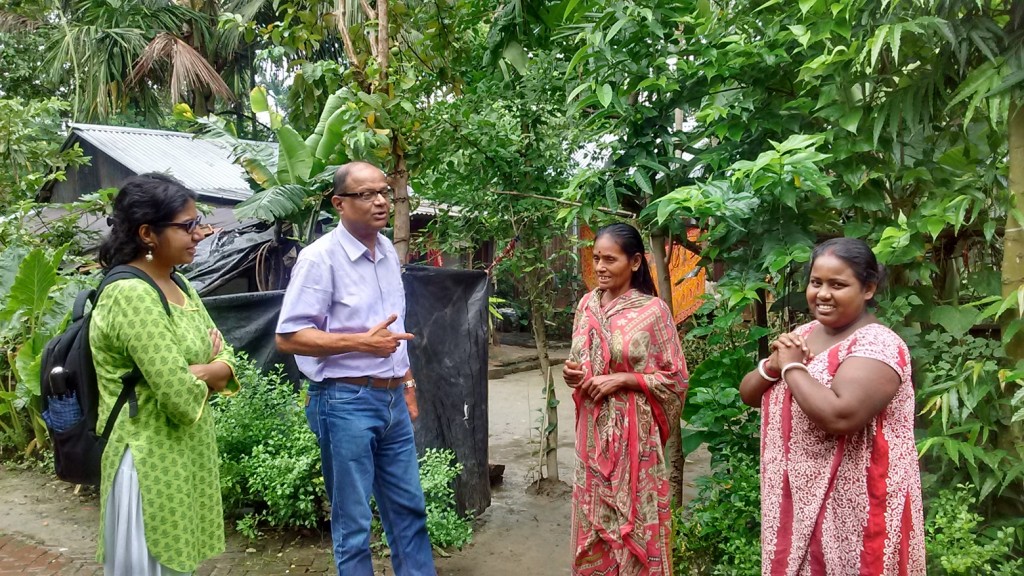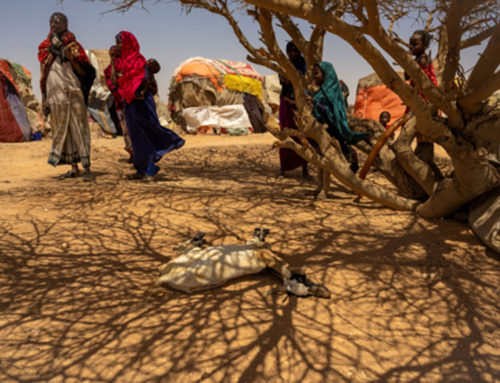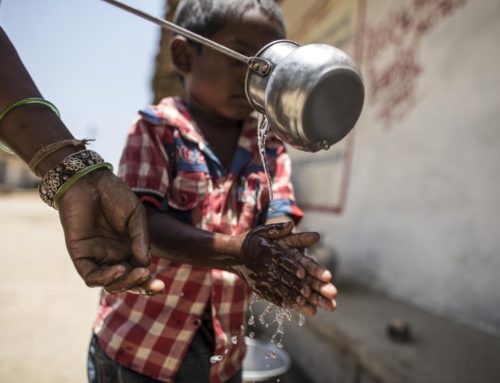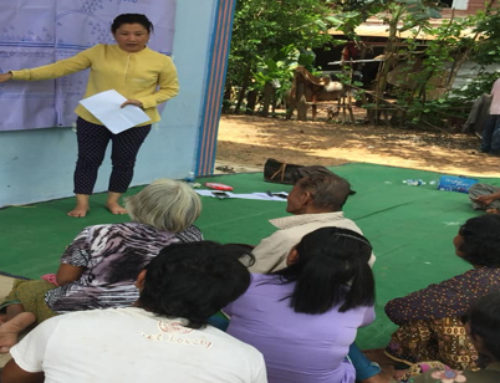By Kamal Kar with Preetha Prabhakaran
For comprehensive and effective sanitation planning and implementation in urban and peri-urban areas, the full participation and engagement of all stakeholders, particularly the local community members, at all stages of planning and services delivery is essential. Here it is important that all slums/squatter areas, authorised or unauthorised, are included in order to generate a city-wide urban community-led drive. For this, there is a need to shift away from the traditional model of centralised and conventional supply of infrastructure, solid waste/garbage collection, drainage and sewerage systems towards a more decentralised planning and implementation model where the municipality or city corporation is not be seen as the provider of infrastructure and services alone. Instead, they take on a proactive role of a process facilitator to enhance the participation and accountability of a range of stakeholders including community neighbourhoods, elected ward councillors ( in the case of non-regulated or illegal urban poor settlements e.g. refugees, IDPs etc. it would include the strong informal leaders), civil society, private sector and other relevant actors to ensure that the responsibility for planning, implementation, and operation & maintenance is based on a partnership and cost-sharing basis. This kind of engagement is only possible if those in positions of power in municipal governance understand the inner dynamics and power relations that are inherent within the above mentioned formal/informal groups.

A successful example of urban sanitation intervention exists in India, where systematic community-led methodologies developed by CLTS Foundation Global were implemented a few years ago. This is the Kalyani Municipality[1] in West Bengal which was declared the first Open Defecation Free (ODF) urban town in India in the year 2009. As part of a DFID funded initiative, a pilot project was undertaken in 5 slums in Kalyani in the year 2006, at the time when Open Defecation (OD) was rampant in these slum communities and freely distributed toilets remained abandoned all around their area. Unlike rural Community-led Total Sanitation (CLTS), the urban sanitation intervention began at the Municipal Council level, involving the Chairman and Ward Councillors belonging to different political parties. Once the need for the involvement of the local community was understood by them and local power relations and dynamics were identified and addressed, community triggering was facilitated. The key was to make sure that both formal and informal leaders in the slums were engaged in the process.
Community triggering resulted in people building their own toilets wherever possible or sharing toilets or reviving the previously abandoned and unused ones thus putting a stop to OD. The municipality was completely involved in the triggering process and post-triggering follow up stages. They also extended minor support to the communities in terms of extending water pipelines or putting up solar panels near the boundaries of the slums (this was because these were unauthorised slums where the municipality could not extend formal services) or bricks were given to the community to pave roads etc.
Within 6 months of the triggering process, these 5 slums were declared ODF. Soon a spill over effect was seen in other neighbouring slums as well and by 2009, all the 51 slums of the Municipality were declared ODF. This process of rapid scaling up was an outcome of the collective action ignited within the community through the triggering process. Another important factor that enabled this progress were the Natural leaders, who emerged during this process from within the community, and worked tirelessly to ensure that all the slums were made ODF. However, the rate of progress of all the slums were not the same because of the varied nature of involvement and commitment of different ward councillors. For this, a participatory monitoring mechanism was evolved and that worked very well.
Recently, almost after 6 years of Kalyani having achieved ODF status, the CLTS Foundation Global team visited Kalyani and we saw that the communities have not only maintained their ODF status over these years, but they have also made great progress in moving up along the sanitation ladder. We found that many families had upgraded their toilets using their own money. In one of the slum communities, families had invested in RCC roofing and tiled flooring whereas their houses still had roofing with CGI sheets/ tiles and matt walls. This is absolutely amazing because this clearly showed that the families prioritised family expenditure on sanitation, understanding the collective health benefits that this brought them. This was clearly the effect of sanitation and hygiene behaviour change that they had internalised. It is important to highlight here the key facilitating role that the Municipality played in this entire change process. During the triggering they allowed the community to take the lead and made sure that the messages for collective hygiene behaviour was sustained through the Honorary Health Workers (HHW) who belonged to the community, in the follow up stages.

We also saw that a number of central and state sponsored sanitation programmes had been introduced in Kalyani such as the Jawaharlal Nehru National Urban Renewal Mission (JNNURM), Water and Sanitation for the Urban Poor (WSUP) and the recently launched Swachh Bharat Mission (SBM). Unlike other municipalities (there are 39 municipalities and 3 City Corporations in the Kolkata Metropolitan Area) urban slum communities in Kalyani were fully prepared to accept and adopt these state/central sponsored technologies because using toilets had become a way of life for the people here. The key point to note is that the slum communities in Kalyani, in 2006, would never have imagined that one day so many central and state sponsored urban development programmes would be introduced in their slums to meet the appropriate need of the community, creating excellent combinations of external support and household investment. Fantastic facilities have been developed by the families in Kalyani, and moreover, that which has been the bane of traditional sanitation programmes all over India – the sight of abandoned toilets – is nowhere to be found here. We observed that the use of the government provided infrastructure was 100%. In the neighbouring municipalities the story is not the same.
Additionally, in a few slums in Kalyani where the sewerage line is being laid out by centrally sponsored schemes, it is fascinating to see that a high degree of community involvement and participation is enabling faster implementation of the schemes. Many families are eagerly waiting to connect their toilets to the underground sewerage line. Not every household is connecting the toilets directly to the sewerage line but connecting the overflow from the septic tank into the sewerage line. We saw at least 5 different styles of community cooperation models in making the urban sanitation infrastructure in Kalyani unique and exemplary. It is also worth mentioning that while Kalyani was undergoing this metamorphosis, the political leadership in Kalyani changed, as it did in the whole of West Bengal, but there is no dearth of ownership and pride amongst the new leadership of Kalyani municipality in embracing their town’s success in urban sanitation. Kalyani offers valuable and innovative lessons for implementing and scaling up community-led sanitation efforts in urban and peri-urban areas.
[1] Kalyani is a Municipal Town, 55 km North of Kolkata in West Bengal. Most of the slum dwellers of Kalyani are migrants from erstwhile East Pakistan & Bangladesh.







Leave A Comment